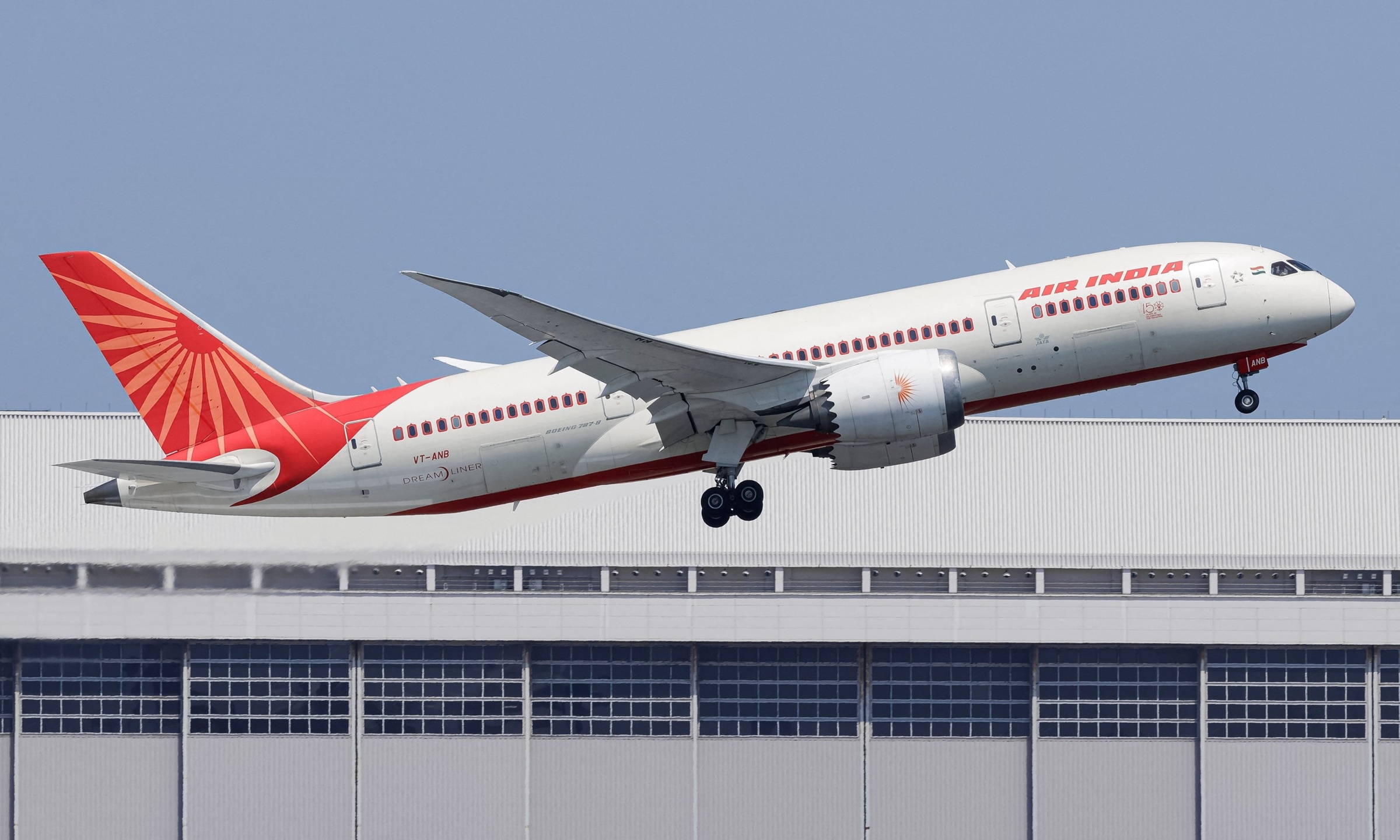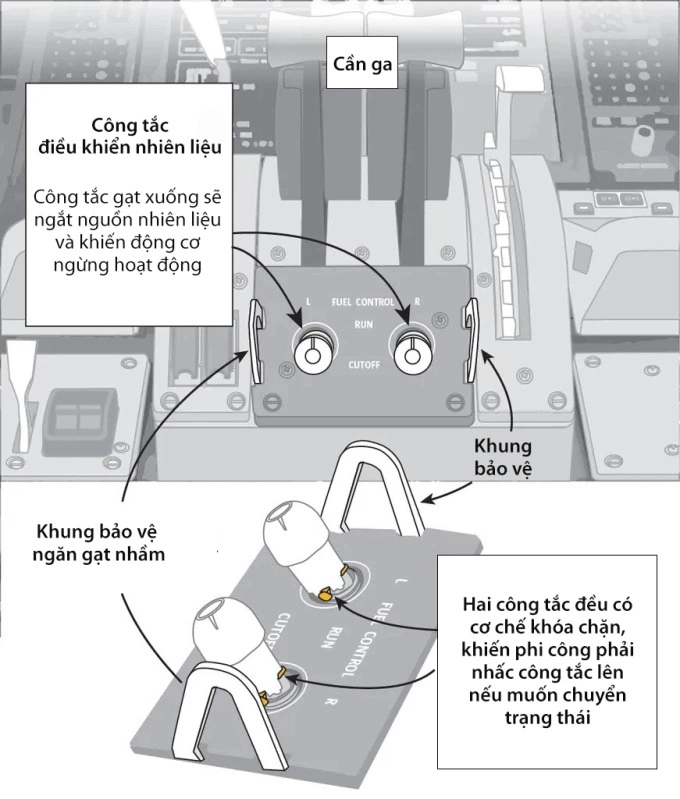The Directorate General of Civil Aviation (DGCA) announced on 14/7 that the move aims to assess the condition of the locking mechanism on the fuel switches in the cockpit of Boeing aircraft models such as the 787 and 737.
The request is based on a bulletin issued by the Federal Aviation Administration (FAA) in 2018 regarding the risk of "fuel switch locking mechanisms being disabled." However, the FAA did not consider this a safety issue at the time, so the notification was only advisory and did not require manufacturers or operators to find a solution.
"We have observed that some airlines, both international and domestic, have begun inspecting their fleets in accordance with the above notification," the DGCA stated, adding that all Indian airlines must complete the inspection process before 21/7.
 |
An Air India Boeing 787 in Tokyo, Japan, in April. Photo: Reuters |
An Air India Boeing 787 in Tokyo, Japan, in April. Photo: Reuters
Boeing has not commented on the information. The aircraft manufacturer previously assured airlines that the fuel switches on their aircraft are safe.
The Aircraft Accident Investigation Bureau (AAIB) on 11/7 released the preliminary findings of its investigation into the crash of an Air India Boeing 787 carrying 242 people last month. The report indicated that the fuel control switches for both engines were flipped from the "on" position to "off," one second apart.
According to data from the black box, this occurred just seconds after the plane left the ground, causing the engines to lose thrust. In the cockpit recording, one pilot asked why the other had turned off the fuel, and the other pilot replied that they had not. The report did not specify which pilot was the captain and which was the first officer.
The preliminary report outlined the main cause of the Air India incident, but did not explain why the fuel switches were turned off, whether it was accidental, intentional, or a technical error.
The fuel switch controls the fuel valve to the engine. In the "on" position, the fuel valve opens and supplies fuel for the engine to operate. When the switch is moved to the "off" position, the fuel supply is cut off, and the engine stops completely.
Boeing has placed guards on both sides of the switch. Each switch is fitted with a spring-loaded locking mechanism that keeps it in a fixed position. To change the state, the pilot must grip the switch knob, pull it up with a certain force, and then move it. The "on" and "off" positions are also clearly printed on the control panel.
 |
The location of the fuel control switch on a Boeing 787. Graphic: Seattle Times |
The location of the fuel control switch on a Boeing 787. Graphic: Seattle Times
According to aviation safety experts, it is nearly impossible for the pilots on the Air India flight to have accidentally flipped both switches simultaneously.
"If one of the two pilots caused the incident, the question is why they did it. Was it intentional or due to confusion? Neither seems likely, as the investigation report indicates that there was no unusual exchange between the pilots," Shawn Pruchnicki, an aviation expert at Ohio State University, told the BBC.
Vu Hoang (According to AFP)












